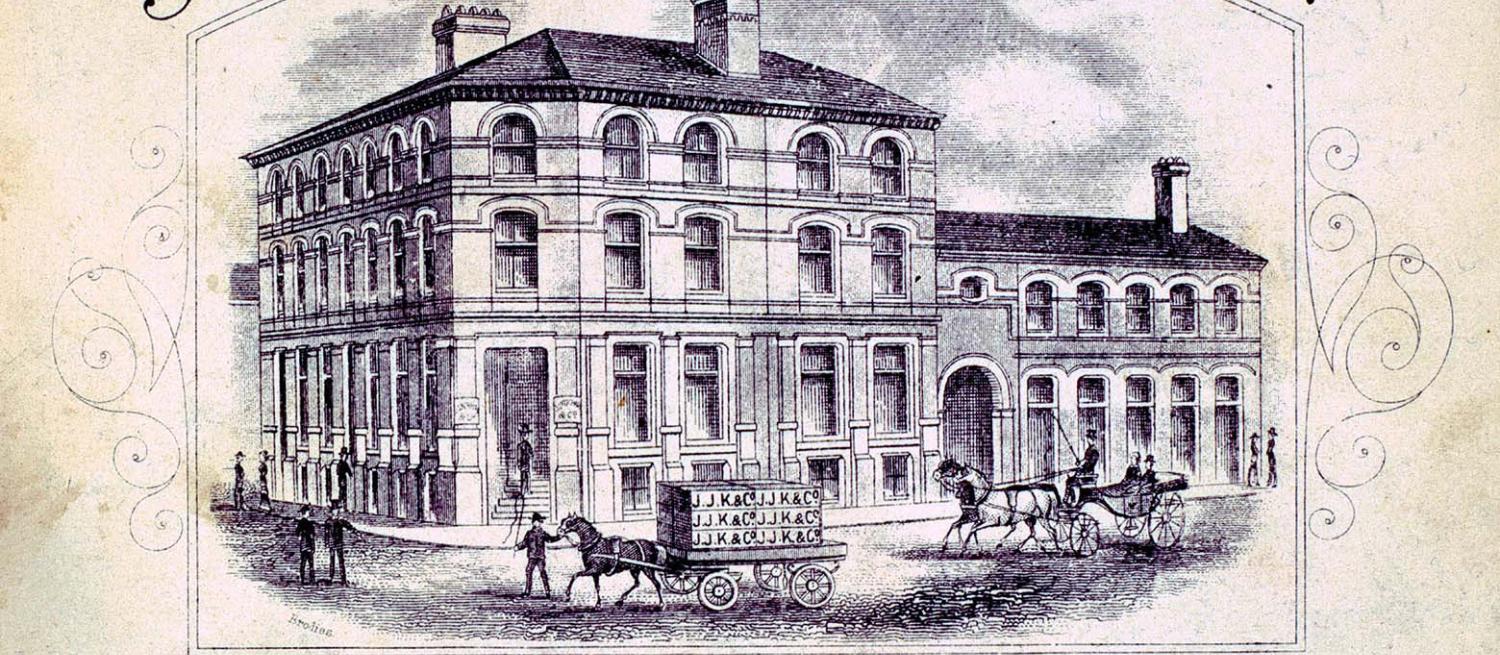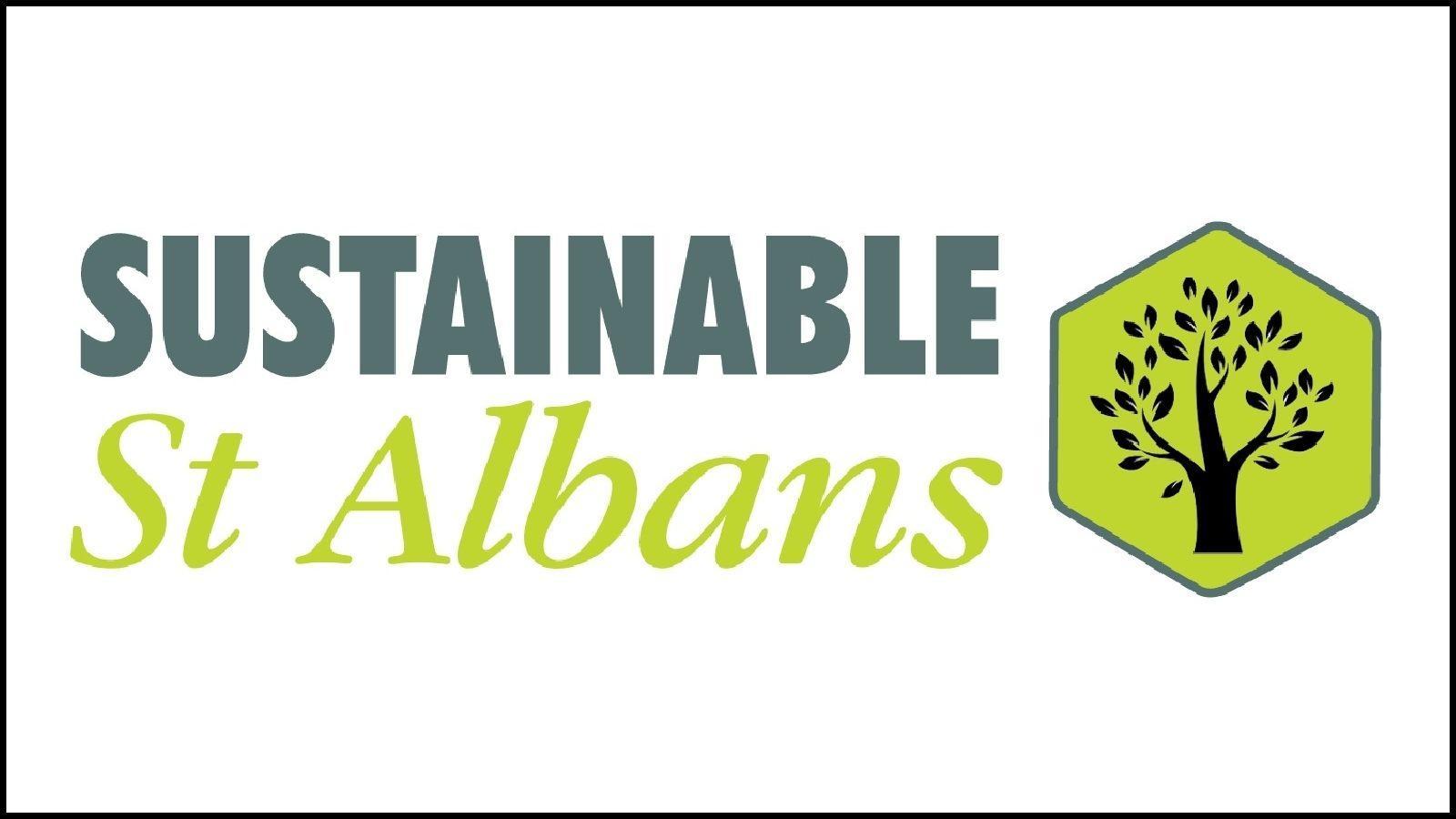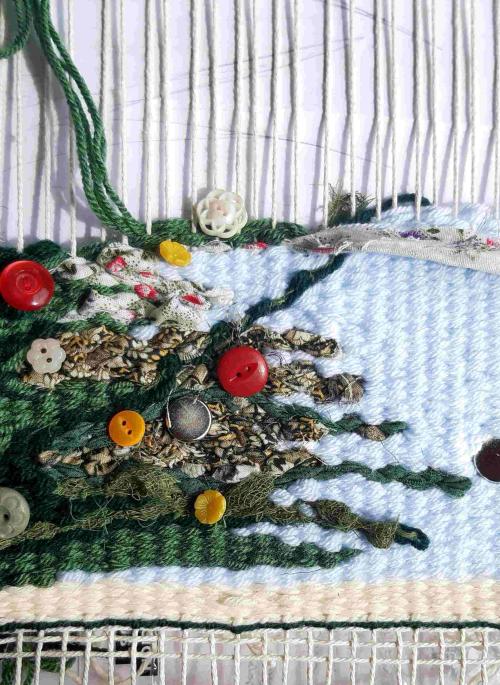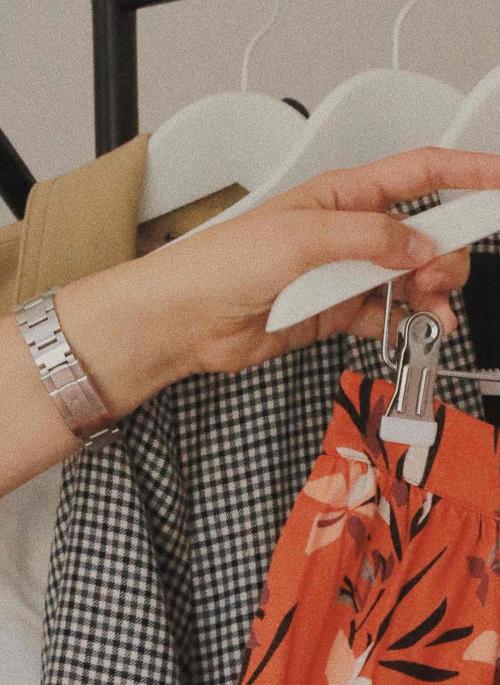To mark SustFest24 we've curated a small display exploring how items from our collection reveal Hertfordshire’s connections to global consumerism.
Trace how our consumer choices through time connect us with the exploitation of both people and resources across the globe.
What are our smartphones really made of and where have those minerals come from?
What are we wearing, and who was involved in the making?
What products do we use everyday and what is their environmental impact?
We’ll be asking what we can learn from these histories and if there is a more sustainable way.
4 June – 30 September 2024, Timeline Gallery, St Albans Museum + Gallery
SustFest24
St Albans 'Brazilian Hats'
St Albans, like much of Hertfordshire, was known in the 1800s for its straw hat making industry. In particular, Brazilian hats, made from palm leaves, were a unique design associated with the city. They were developed at a time when the traditional straw-plaiting trade was being industrialised, with hat factories springing up all over the city and hat manufacturers looking beyond the local harvests for material.
We know that palm leaves were imported into the UK in rising quantities from the 1840s, and that the vast majority came from Cuba. Given that slavery persisted in Cuba until 1886 it is very likely that the leaves were harvested by enslaved people, revealing the reliance of our local trade on the exploitation of people across the globe.
Hertfordshire's Soap Entrepreneur
Hertfordshire born, John Knight, was one of the leading soap manufacturers in Victorian Britain. His soaps were used by the royalty and the masses alike, and in 1851 he won a prize at the Great Exhibition for his ‘excellent Primrose or Pale-yellow-soap, made with tallow’.
Knight both benefited from and helped to drive public awareness that good personal hygiene led to better health, and this increasing demand for soap led to a greater demand for tallow (animal fat) than the domestic market could supply. From the 1830s tallow shipped from the Steppe in Russia dominated the import market with between 40,000 and 60,000 tonnes arriving per year.
However, the Steppe animals were largely reared and slaughtered for their tallow alone, linking large-scale soap manufacturers like John Knight with significant ecological wastage and increased carbon emissions across the globe.
Natural Minerals in your Smartphone
Our geology collection contains examples of some of the 46 natural minerals that are currently used in smartphone production. The mining of these minerals has a significant impact on the planet and on people living across the globe.
Apple have stated that 65% of a smartphone’s lifetime carbon footprint is generated during production, which was estimated as equating to a total of 11.32 megatons CO2 in 2022 alone.
Copper is one of the elements required in the highest volume. The smartphone in your pocket contains 6g of copper and 70mg of cobalt, which is often produced as a byproduct in copper mines. Currently, around 70% of the world’s cobalt supply comes from the Democratic Republic of Congo, where there are estimated to be at least 25,000 child miners currently working in dangerous conditions.
The mining of galena or lead ore, another smartphone component, also frequently leads to soil and groundwater lead pollution, a serious threat to human health.
For more information see the University of Plymouth's smartphone in a blender experiment: https://youtu.be/bhuWmcDT05Q



